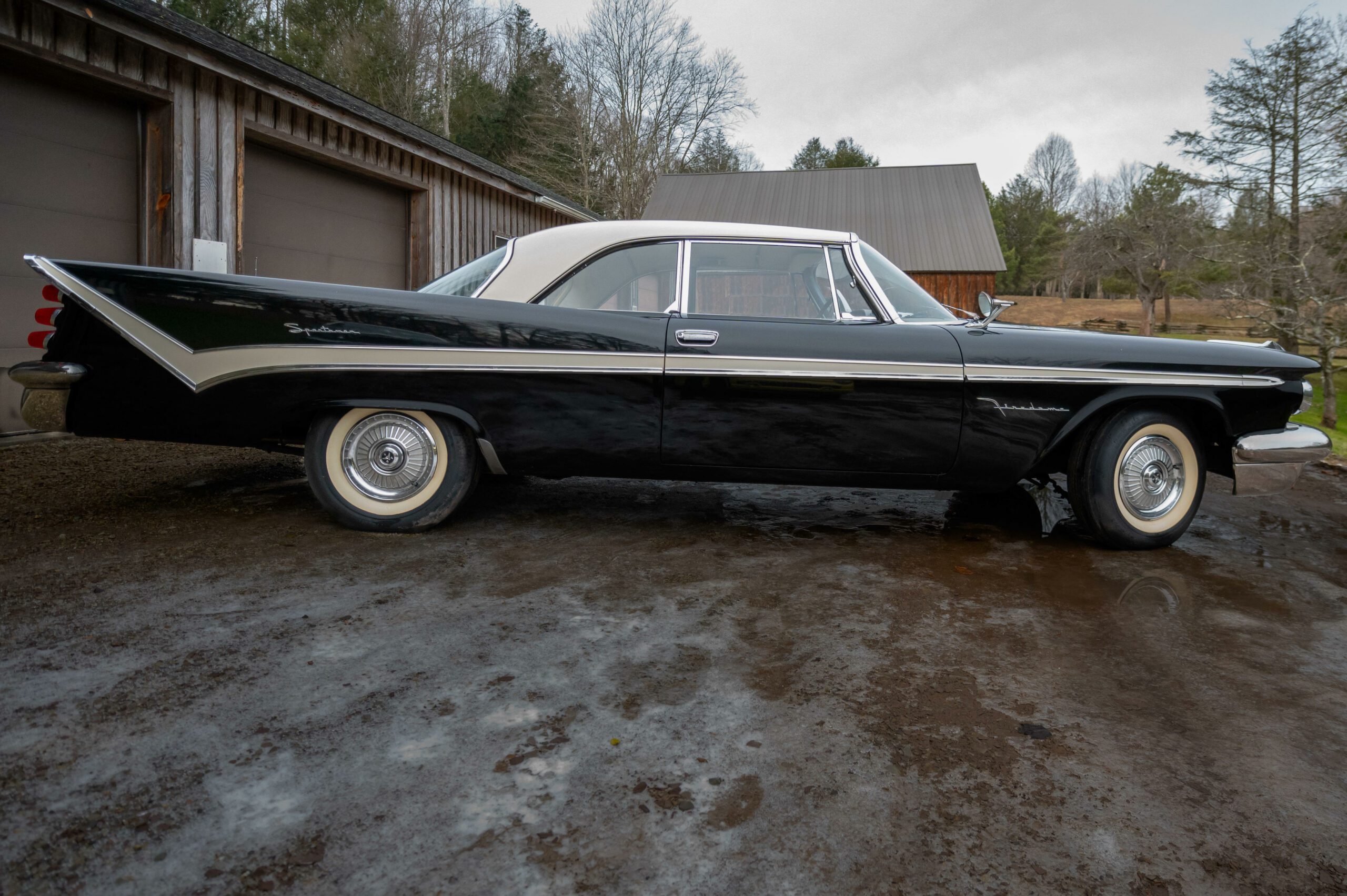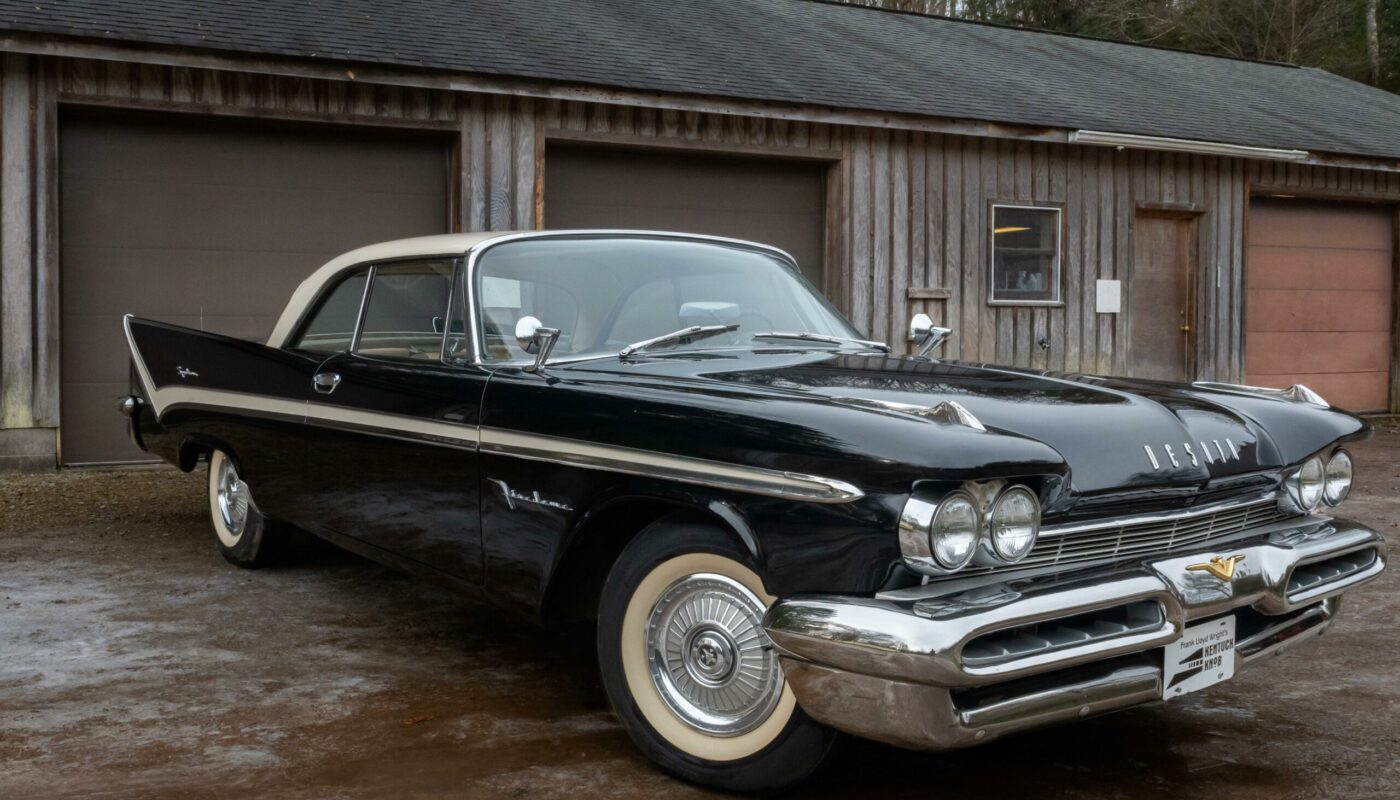Originally intended as Walter Chrysler’s mid-priced car, DeSoto underwent a strategic repositioning within the corporate lineup following Chrysler’s acquisition of Dodge. Starting from 1933, DeSoto emerged as an upscale “idea car,” strategically positioned to rival GM’s Oldsmobile. Pioneering advanced features, DeSoto introduced a visually appealing, Miller-inspired grille in 1932-33, concealed headlights in 1942, and a long-wheelbase, meticulously adorned Suburban prestige utility sedan produced from 1946 to 1952.

While initially characterized by relatively modest mechanical specifications, DeSoto marked a significant milestone as the second marque under Chrysler Corporation to adopt V8 power. The introduction of the “Firedome” model in 1952 featured a smaller version of Chrysler’s cutting-edge hemi-head V8, generating 160 horsepower from 276 cubic inches—an impressive feat with only a ten percent reduction in power compared to Chrysler, despite a 55-cubic-inch difference.

Exemplifying Virgil Exner’s iconic Forward Look design philosophy, the DeSoto boasted distinctive features such as two-tone paint complemented by chrome-accented trim, elegant fins crowning fang-shaped panels, and an overall sleek, low-profile appearance that resonated with consumers. The interior showcased Exner’s aeronautic-inspired vision, with a gull-themed cockpit design creating a visually stunning and functionally streamlined dashboard for both the driver and passenger. Abounding in luxurious simplicity, the interior also boasted numerous power features controlled by chromed switchgear, contributing to the car’s popularity among discerning consumers.

